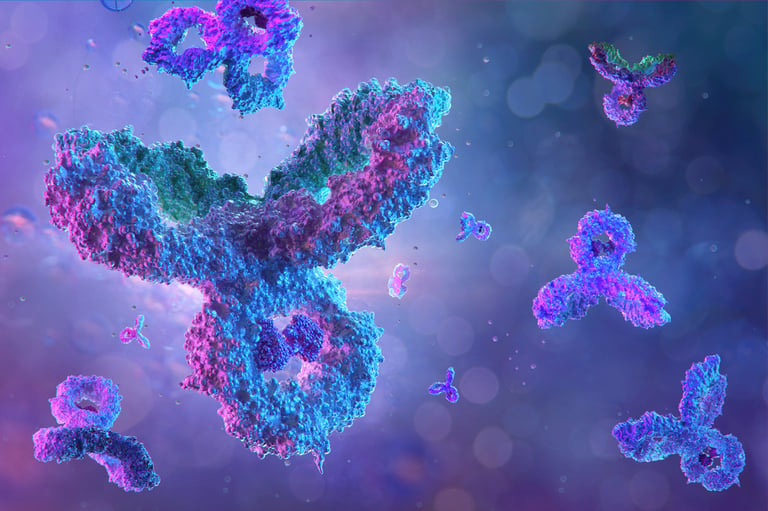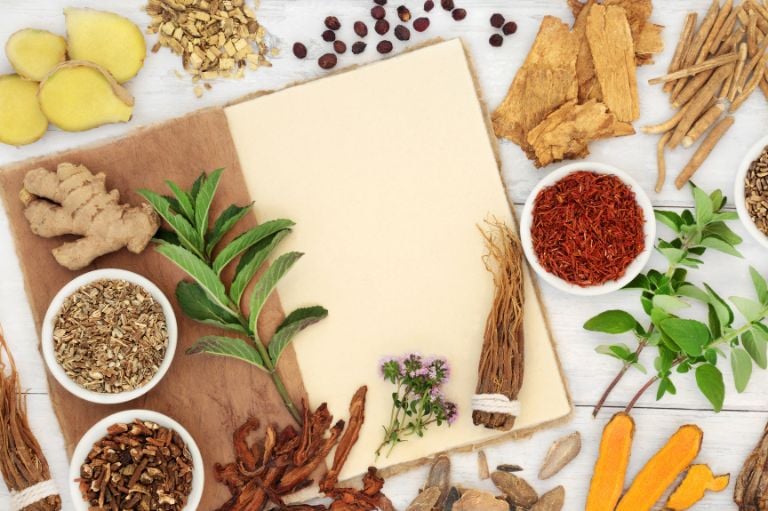- Presented by
- Maria Dolores Laguna Acosta
- Get wholesale pricing
- Save with a MyShop discount!
- Free shipping on orders from 125€ or more. Consult shipping conditions.
Are you sure you want to leave Maria Dolores Laguna Acosta's MyShop site?
Are you sure you want to leave Maria Dolores Laguna Acosta's MyShop site?

Written by: 4Life Research
Publication Date: December 2023
Imagine your immune system as a superhero squad that works tirelessly to protect your body from harmful invaders.
These invaders can be tiny creatures called bacteria, tricky viruses, or even other things that could cause harm, like splinters.
Now, let's break down how your immune system works.

The Innate immune system is like a frontline defender system, and you can think of these defenders as the first responders in your body.
They are always on the lookout for anything suspicious. If they find something that doesn't belong, like a harmful germ, they quickly jump into action.
These defenders don't need to know the specific invader; they just know it's bad and try to stop it right away.
The Adaptative immune system, or the “special agents” are like detectives: they are really good at recognizing specific invaders and remembering them.
If an invader manages to sneak past the frontline defenders, these special agents come in. They create customized weapons called antibodies to target and neutralize that specific invader.
Even better, they remember how to make these antibodies so that if the same invader tries to attack again, they can respond much faster.
The innate and adaptive immune systems work together like a tag team. When a new invader is detected, the innate immune system buys time for the adaptive immune system to gear up. Then, the adaptive immune system creates its specialized defenses to fight off the invader more effectively.

One of the coolest things about your immune system is its memory: once your immune system has encountered an invader and defeated it, it keeps a record of it.
So, if the same invader tries to attack again, your immune system can recognize it quickly and mount a strong defense, often preventing you from getting sick.
While your immune system is usually great at distinguishing between harmful invaders and your body's own cells, sometimes it can make mistakes.
This is what happens in allergies and autoimmune diseases, where the immune system reacts to harmless things (like pollen) or attacks your own healthy cells.
Your immune system is like a team, and you are the coach! You can support your immune system by eating a healthy diet, staying active, getting enough sleep, and managing stress.
Washing your hands regularly also helps keep harmful invaders at bay. If you do get sick, your immune system will do its best to fight off the invaders, but sometimes it might need a bit of extra help from doctors and medicines.

Transfer factors are super small protein molecules isolated from white blood cells. They are not species-specific, which means that transfer factors generated by cows, chickens, and other animals can be used by humans.
Transfer factors in supplements are most commonly sourced from cow colostrum and chicken egg yolk.
The cow colostrum is filtered to remove ingredients such as casein, a protein found in milk and other dairy products and other large proteins, which allows for a high concentration of transfer factor molecules in the supplement.
4Life Transfer Factors supplements utilize transfer factors extracted from two main sources: cow colostrum and egg yolks.
Colostrum is the first milk produced by mammals, including humans, shortly after giving birth.
But, if transfer factors come from colostrum, why not just take colostrum?
The concentration of transfer factors is much higher in 4Life Transfer Factor products. You would have to consume a large amount of colostrum to get the same amount offered by 4Life Transfer Factor products.*
Did you know that there are botanical herbs that contribute to support the immune system?
And what is more said, you can also find them in some of the 4Life products.

Aloe vera (Aloe barbadensis), Agaricus blazeii, Maitake (Grifola frondosa), and Shiitake (Lentinus edodes):
Black pepper (Piper nigrum) and Turmeric (Curcuma longa):
Ginger (Zingiber officinale):
Stinging nettle (Urtica dioica):
Ginseng (Panax ginseng):
Thyme (Thymus vulgaris):
You are trying to view a MyShop page. Please log out in order to view this website.